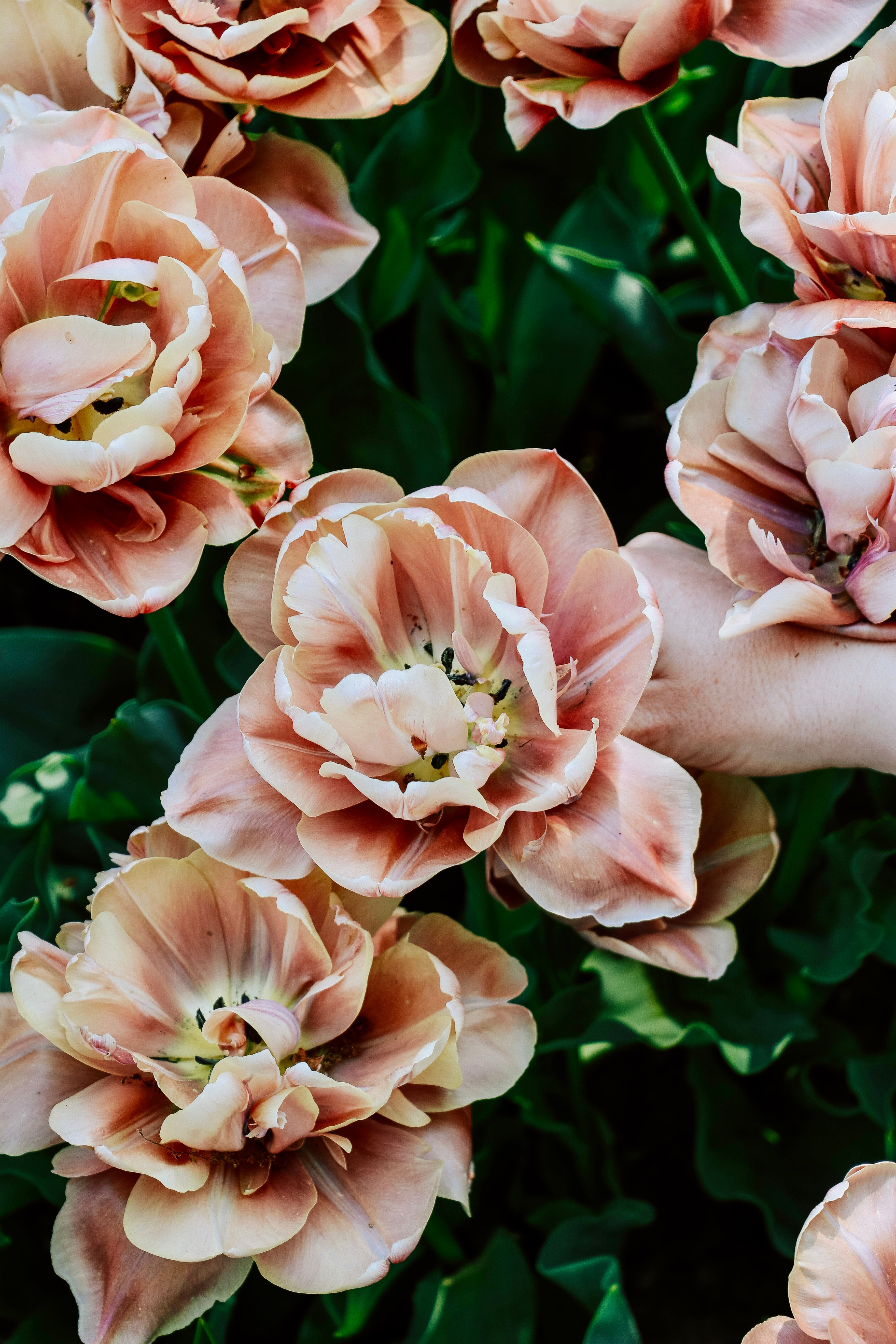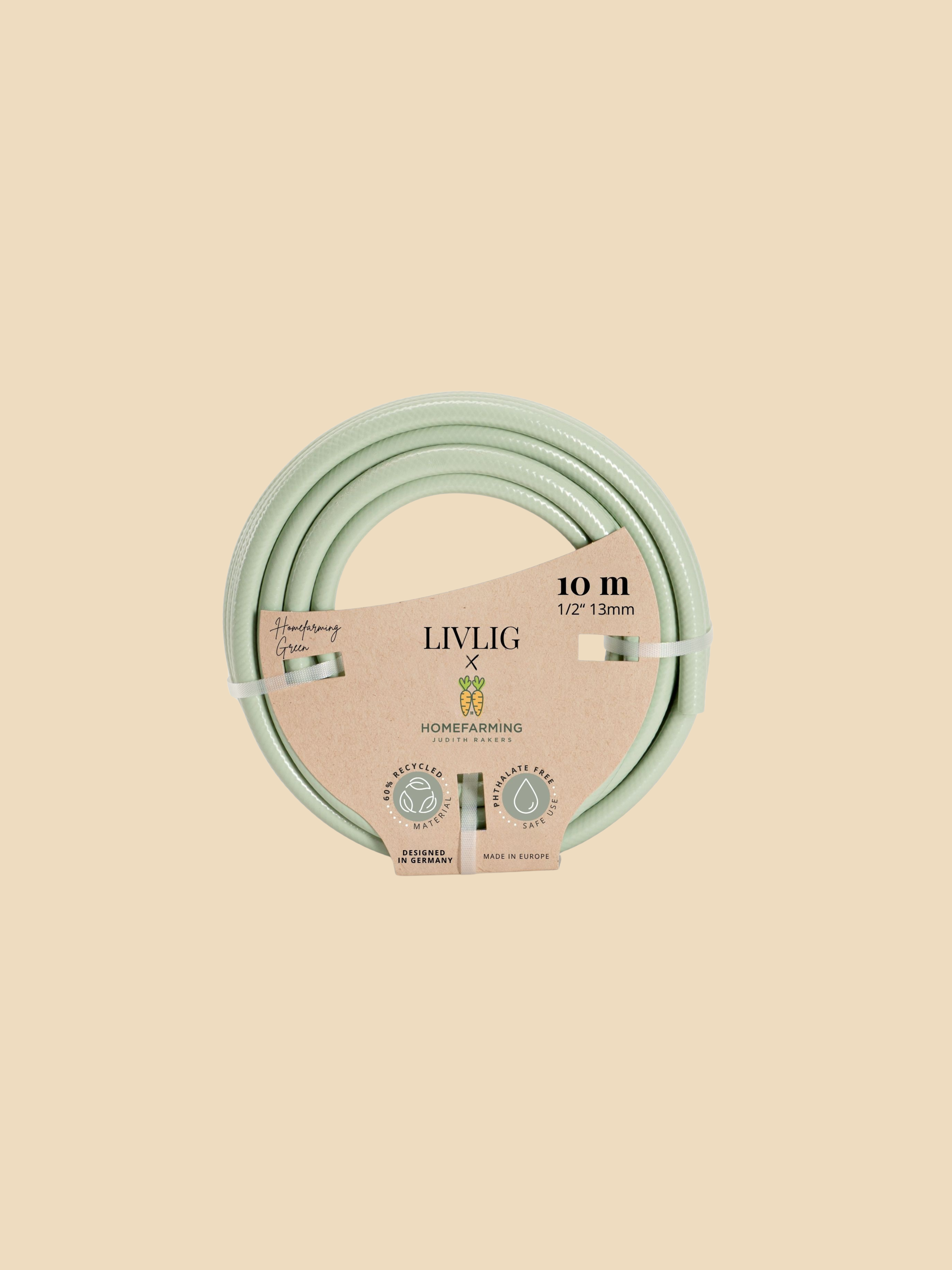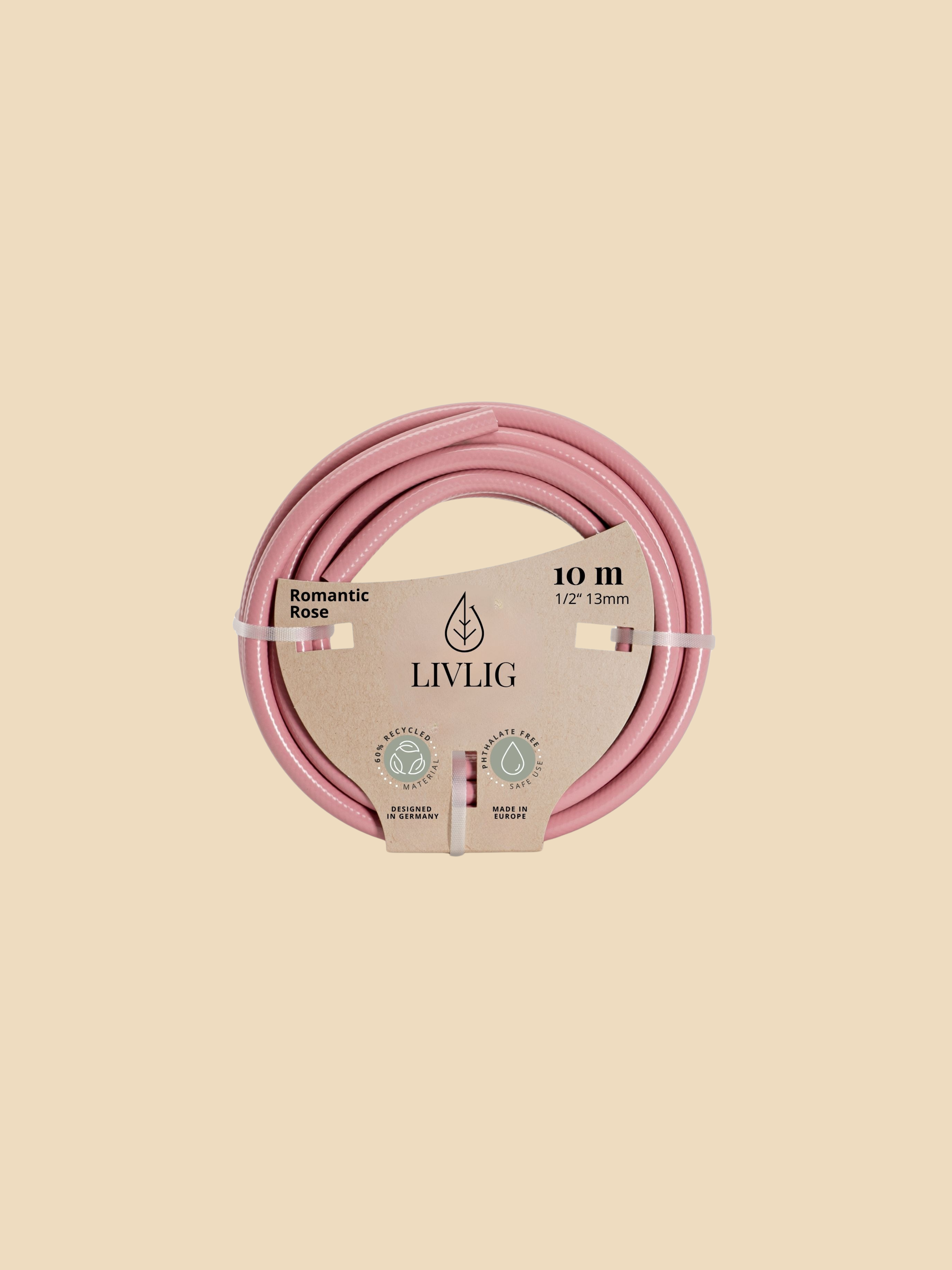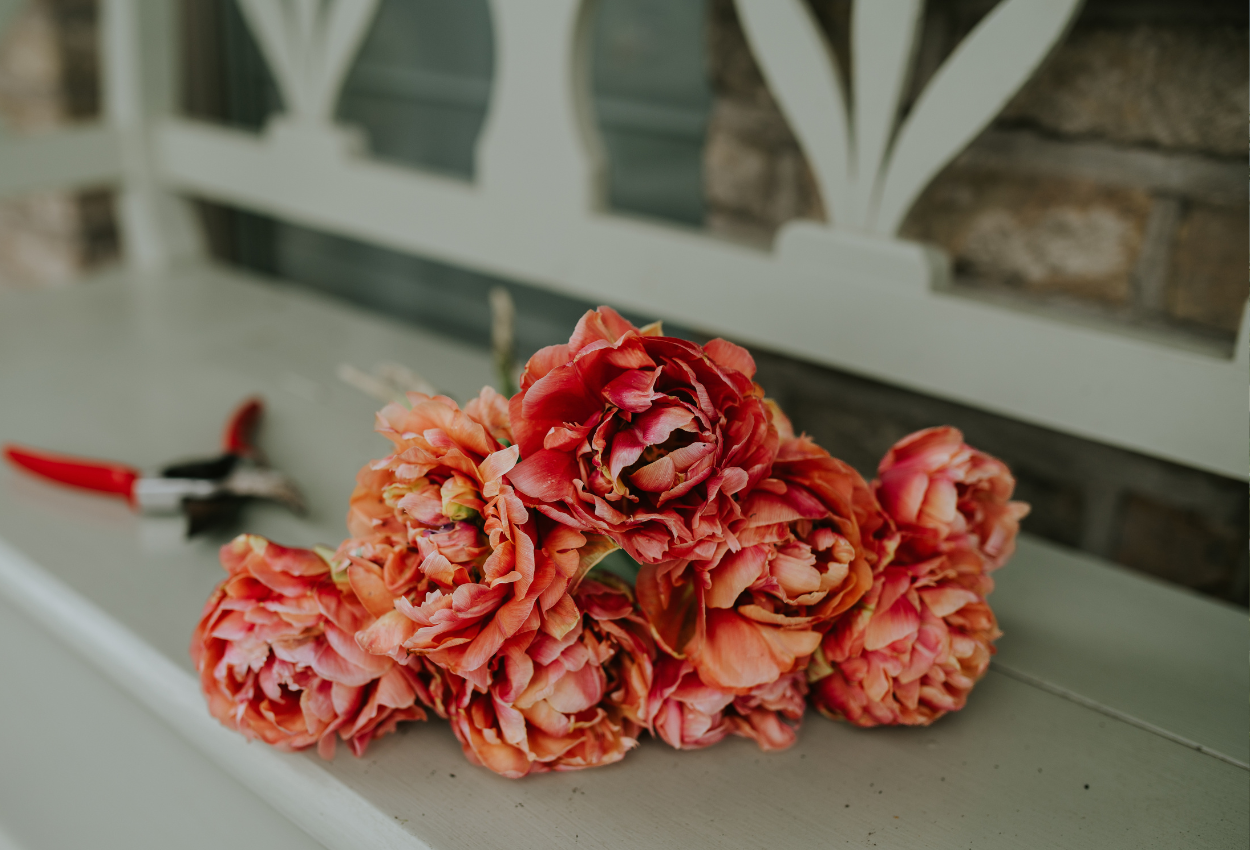Autumn is the perfect time to plant flower bulbs in the garden. It's quite a task, but it gives you a head start in the spring garden. There are even bulbs that bloom as early as January, bringing color to the garden very quickly. You also do a great favor to early-awakening pollinators. After a long and cold winter, they extract their much-needed nourishment from the first crocuses.
Types of flower bulbs
Fortunately, there are many more types and colors than the well-known red tulip or yellow daffodil. From early types like snowdrops to late tulips and Alliums: there's something for everyone.
Galanthus or snowdrops. These small and elegant bulbs are the earliest blooming bulb. They can even bloom as early as January, providing blooming accents in the garden during the cold winter months. Always plant them in groups to create a more charming effect and have more impact in the garden. Snowdrops multiply themselves year after year. Did you know there are gardeners who collect different varieties of snowdrops? These gardeners are called galanthophiles.
Crocuses are the perfect addition to a patch of lawn. They stay small and have an open heart, making them an ideal food source for bumblebee queens, among others, that fly out in early spring. Crocuses start to grow from February. Plant them in groups for more impact and let them naturalize. A carpet of crocuses is a true asset to the garden. Less space or no lawn? Crocuses also fit perfectly in a pot.
When the daffodils bloom, spring is in full swing. Contrary to what many people think, this medium-height bulb comes in an incredible array of colors and sizes. The petals range from white to bright yellow, and the trumpet-shaped heart of the flower can also have different colors. There are varieties from white to even salmon pink. Daffodils multiply each year but also do excellently in a pot or zinc tub.
Tulips often steal the show in the garden with their special colors and stunning shapes. However, not every tulip is the same: some varieties multiply themselves, while others are best treated as annuals. Botanical tulips can be planted in clusters in the garden, as these types multiply year after year. They generally remain somewhat smaller. The hybrid varieties, however, are not always perennial and therefore will not multiply on their own. You should treat these types of tulips as annuals, as they only perform their best in the first year and then gradually decline.
Alliums or ornamental onions herald the transition to summer. These bulbs can grow quite large, allowing you to scatter them loosely in the border. Be sure not to plant them too close together, as they can suffocate each other.
Learn more through our videos
Did you know we also have a well-stocked YouTube channel? With more than 450 videos, we have a vast database of information. Be sure to check out YouTube and subscribe to stay updated with the latest videos.
In this video, Angelo shares his best tips for creating a bulb lasagna. Which pot should you choose, and which bulbs do you start with? You'll learn it all in this video.
The layers in a bulb lasagna
Bulbs in the border are a delightful addition to any garden, but did you know that most bulbs can also be combined in a pot? By creating a bulb lasagna, you can make a vast number of bulbs bloom in a very small area. Perfect for brightening up a corner of the garden or making your terrace or balcony cozy.
Choose a large pot or zinc tub with a minimum diameter of 20 to 25 centimeters. Are there no holes in the bottom of the pot? Make sure there is at least one drainage hole in the bottom. This allows excess water to drain away, reducing the risk of the bulbs rotting. After all, the biggest enemy of the bulb is water. Place a small shard of pottery over the hole in the bottom of the pot. This way, excess water can escape, but the potting soil won't wash away when watering or during heavy rain. Work in layers. At the bottom of the pot, plant the last blooming bulb, and at the top, the first blooming bulb.
The top layer consists of the smallest bulbs that bloom first. These include crocuses or muscari. At the start of the season, these bulbs will be the first to bloom.
The middle layer consists of the daffodils. When the crocuses and grape hyacinths have finished blooming, the daffodils emerge and bloom for quite a while.
The bottom layer contains the latest blooming bulbs. Think of Alliums or tulips. If you want both in a bulb lasagna, the Alliums or ornamental onions are always beneath the tulip bulbs - because they bloom a bit later.


Finishing the bulb lasagna
Once the flowerpot is completely filled with bulbs, the bulb lasagna still needs to be finished, of course. Regular potting soil isn't very appealing to look at during the winter months, so you can finish the pot with pansies, for example. This way, the pot looks beautiful during the winter months, and the soil is better protected against the elements. Add some mulch material between the pansies, such as wood chips or cocoa shells (be careful with dogs; cocoa shells are toxic to them). Be creative: feel free to use another lovely garden plant for finishing or use moss as mulch material. If the plants on top are fine and herbaceous, the bulbs can grow through them without any problem.












